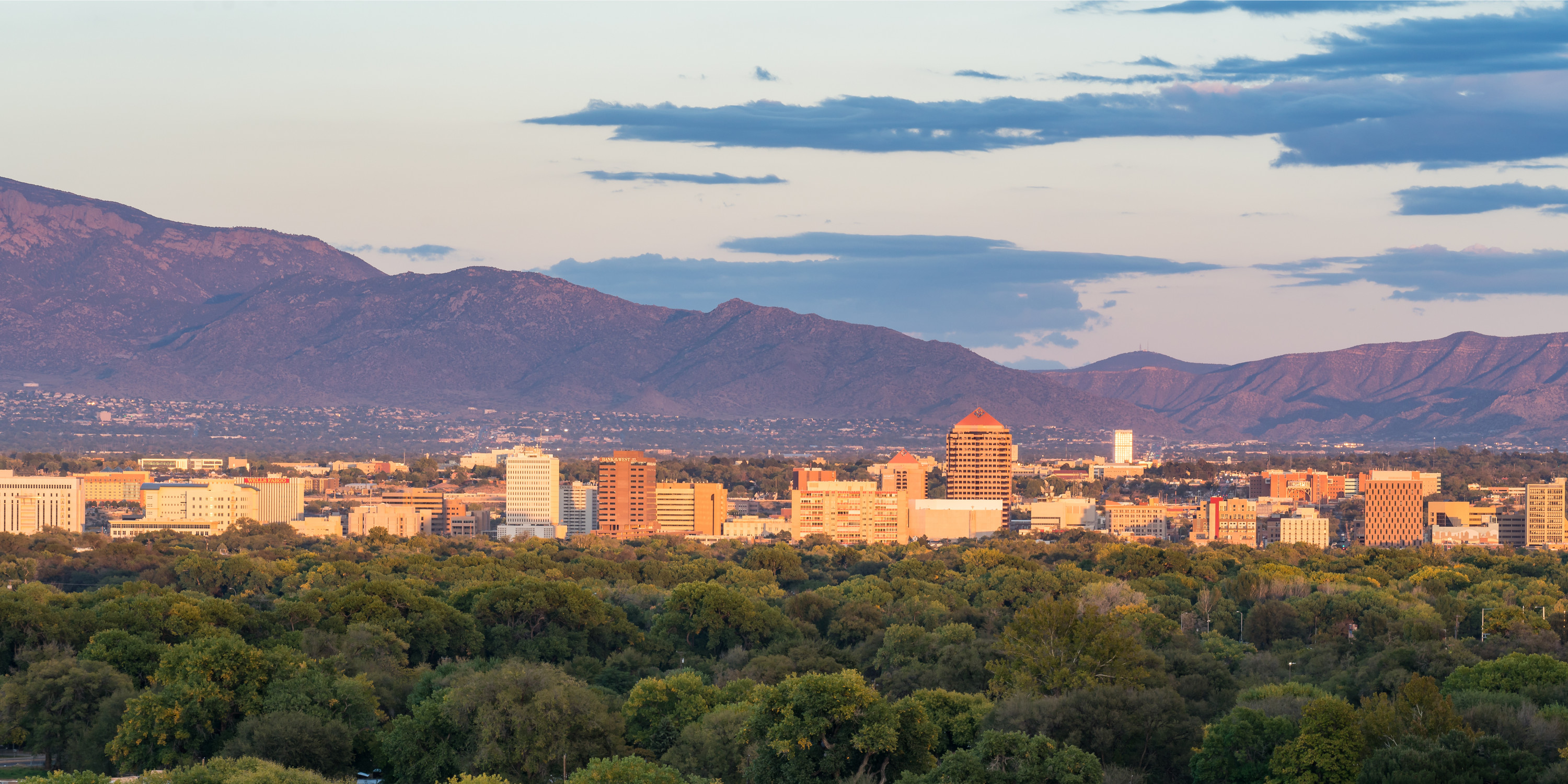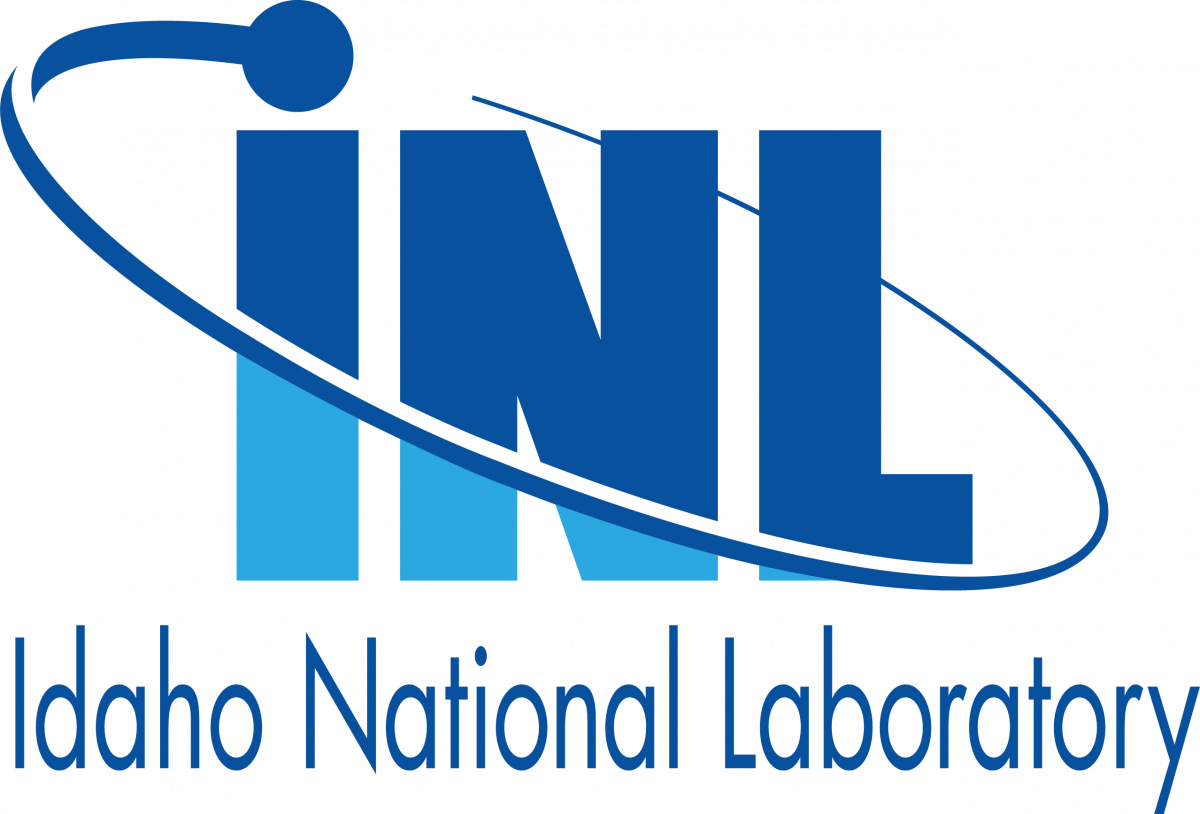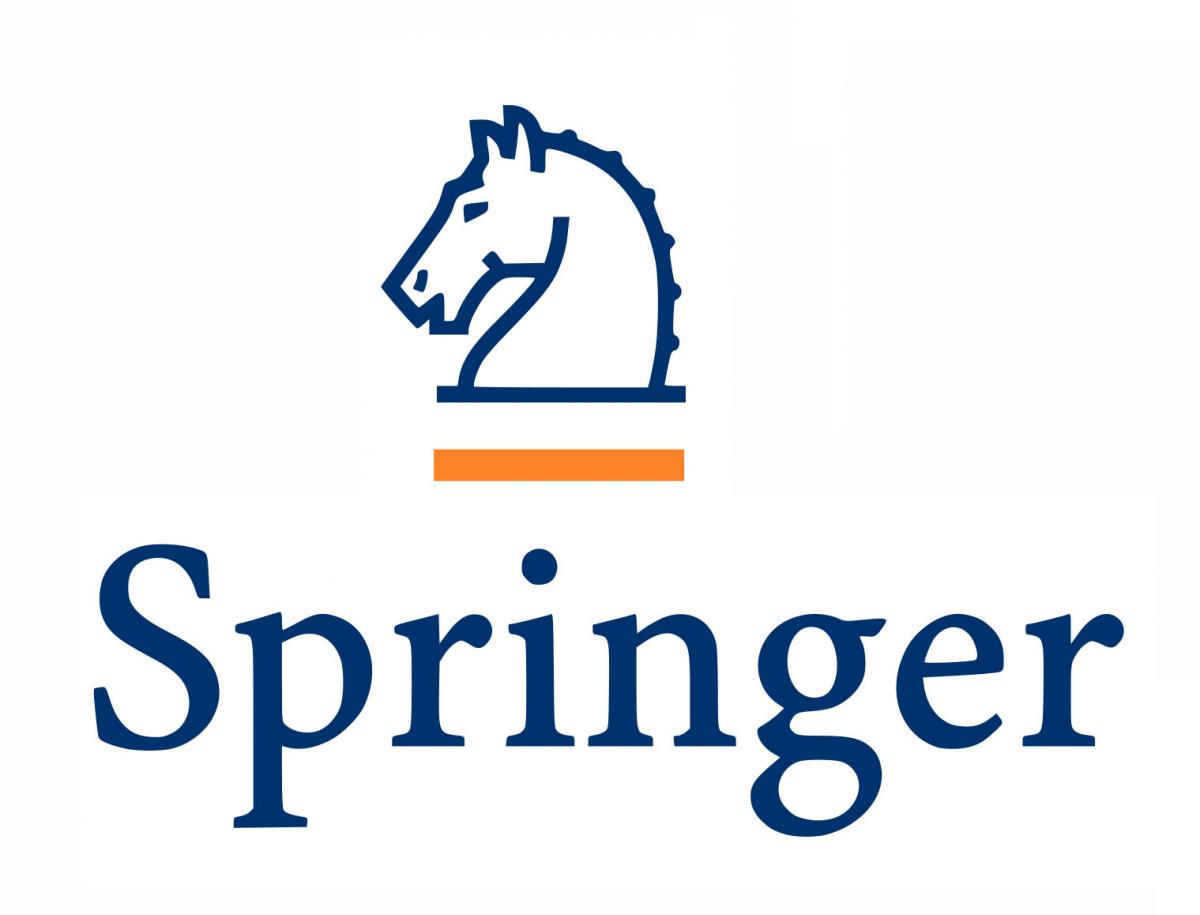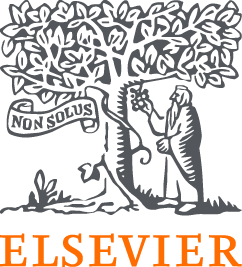Pablo Seleson, Oak Ridge National Laboratory
Marta D’Elia, Meta Reality Labs
Nonlocal models, such as peridynamics and fractional equations, can model phenomena that classical models based on partial differential equations (PDEs) fail to represent. These phenomena include multiscale behavior, material discontinuities such as cracks, and anomalous behavior such as super- and sub-diffusion. For this reason, nonlocal models provide an improved predictive capability for a large class of complex engineering and scientific applications, including fracture mechanics, subsurface flow, and turbulence to mention a few. In many of these applications, the system under consideration exhibits heterogeneity, either in its physical composition or in its response to external stimuli. These cases often result in the need to introduce physical or virtual interfaces between different parts of the domain. The case of heterogeneity in the physical composition, such as two- or multi-material systems, normally requires the treatment of nonlocal-to-nonlocal coupling across physical interfaces. The case of heterogeneity in the system response may be benefited from local-to-nonlocal coupling across virtual interfaces; this occurs when nonlocal effects are concentrated in specific parts of the domain and the system can be partially described with a classical (local) PDE and partially described with a nonlocal model. These settings require the treatment of nonlocal-to-nonlocal or local-to-nonlocal interfaces in an accurate and physically consistent manner. The goal of this minisymposium is to bring together researchers working on interface problems in nonlocal modeling, including both local-to-nonlocal and nonlocal-to-nonlocal coupling, to learn about recent developments, discuss current challenges, and define new research directions.











